
Antoine Pierre Marie François Joseph de Lévis-Mirepoix, 5th Duke of San Fernando Luis, GE was a French historian, novelist and essayist. He was known as duke of Lévis-Mirepoix, also having the titles of fifth Duke of San Fernando Luis, grandee of Spain and 4th baron of de Lévis-Mirepoix. The writer Claude Silve, winner of the Prix Femina in 1935 for her novel Bénédiction was his sister.

Anne-Adrien-Pierre de Montmorency, 1st Duke of San Fernando Luis, 3rd Duke of Laval-Montmorency, GE, was a peer of France and of Spain.
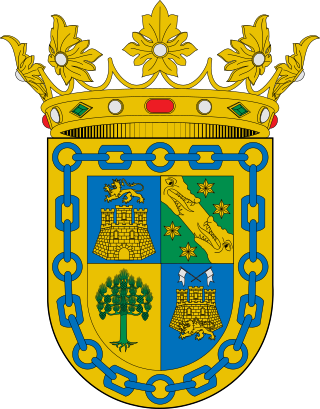
Duke of la Torre is a hereditary title in the Peerage of Spain, accompanied by the dignity of Grandee and granted in 1862 by Isabella II to Francisco Serrano, Count consort of San Antonio, in acknowledgement of his loyalty during his time as Captain General of Cuba.

Duke of Arco is a hereditary title in the peerage of Spain, accompanied by the dignity of Grandee and granted in 1715 by Philip V to Alonso Manrique de Lara, 4th Count of Montehermoso, knight of the Order of the Golden Fleece and his caballerizo mayor for two periods, 1721–1724 and 1724–1737.
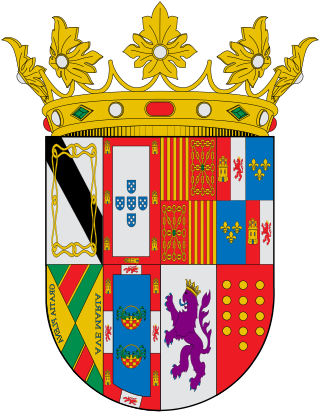
Duke of Arión is an hereditary title in the Peerage of Spain accompanied by the dignity of Grandee, granted in 1725 by Philip V to Baltasar de Zúñiga, viceroy of New Spain.

Duke of Lécera is a hereditary title in the Peerage of Spain accompanied by the dignity of Grandee, granted in 1493 by Ferdinand II of Aragon to Juan Fernández de Híjar.

Duke of Bailén is a hereditary title in the peerage of Spain accompanied by the dignity of Grandee and granted in 1833 by Ferdinand VII to Francisco Javier Castaños for his military achievements during the Peninsular War as Captain general of the Royal Spanish Armies, becoming the first man to destroy a Napoleonic army in an open field battle.

Duke of Tarifa, is an hereditary title in the peerage of Spain, accompanied by the dignity of Grandee. It was granted to Ángela Maria Apolonia Pérez de Barradas y Bernuy on 28 June 1886 by king Alfonso XII. The tile was originally granted as "Duke of Denia and Tarifa" but was separated into two different titles on 22 December 1886 by the Queen Regent, Maria Christina of Austria.

Duke of Denia, is an hereditary title in the peerage of Spain, accompanied by the dignity of Grandee. It was granted to Ángela Maria Apolonia Pérez de Barradas y Bernuy on 28 June 1886 by king Alfonso XII. The tile was originally granted as "Duke of Denia and Tarifa" but was separated into two different titles on 22 December 1886 by the Queen Regent, Maria Christina of Austria.

Duke of San Fernando de Quiroga is a hereditary title in the Peerage of Spain, accompanied by the dignity of Grandee and granted in 1815 by Ferdinand VII to Joaquín José Melgarejo, 3rd Marquess of Melgarejo in the Kingdom of Naples and Mayordomo de semana of the king during his time as Prince of Asturias.
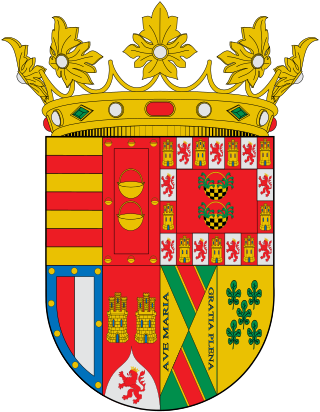
Duke of Santángelo is a hereditary title in the Peerage of Spain, accompanied by the dignity of Grandee and granted in 1497 by the Catholic Monarchs to "El Gran Capitán", a general who negotiated the Surrender of Granada and led the Spanish to victory in the Italian Wars. It is a victory title, making reference to the town of Città Sant'Angelo in the Province of Pescara, Italy.

Duke of San Miguel is a hereditary title in the peerage of Spain, accompanied by the dignity of Grandee and granted in 1625 by Philip IV to Juan Gravina y Cruyllas, viceroy of Sicily.

Duke of Tamames is a hereditary title in the Peerage of Spain, accompanied by the dignity of Grandee and granted in 1805 by Charles IV to Antonio María Mesía del Barco, 22nd Lord of Tamames and 7th Marquess of Campollano.

Duke of la Victoria is a hereditary title in the Peerage of Spain, accompanied by the dignity of Grandee and granted in 1839 by Isabella II to Baldomero Espartero, who was Prime Minister of Spain, in remembrance of his military victories that led to the embrace of Vergara. He was also made Prince of Vergara by Amadeo I to recognise this peace treaty.

Duke of Santisteban del Puerto is a hereditary title in the Peerage of Spain accompanied by the dignity of Grandee, granted in 1738 by Philip V to Manuel de Benavides, 10th Count of Santisteban del Puerto and Brigadier of the Spanish Army.
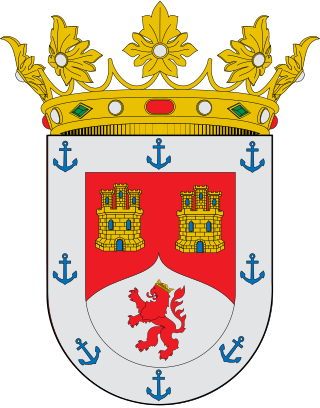
Duke of Medina de Rioseco is a hereditary title in the Peerage of Spain, accompanied by the dignity of Grandee and granted in 1538 by Charles I to Fernando Enríquez de Velasco, Admiral of Castile and Lord of Medina de Rioseco.
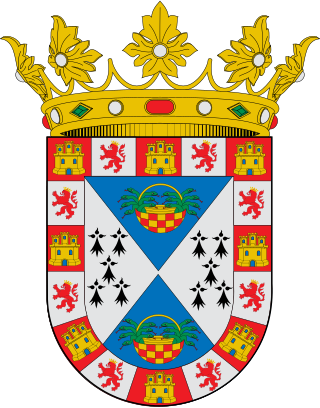
Duke of Sanlúcar la Mayor is a hereditary title in the Peerage of Spain, accompanied by the dignity of Grandee and granted in 1625 by Philip IV to Gaspar de Guzmán, 3rd Count of Olivares and royal favourite to the king.

Duke of Soma is a hereditary title in the Peerage of Spain, accompanied by the dignity of Grandee and granted in 1502 by Ferdinand II to Ramón Folch de Cardona, 11th Baron of Bellpuig and 1st Count of Oliveto, for his services as viceroy of Sicily.

Duke of Montoro is a hereditary title in the Peerage of Spain, accompanied by the dignity of Grandee and granted in 1660 by Philip IV to Luis Méndez de Haro, son of the 5th Marquess of Carpio.
Anne-Alexandre-Marie-Sulpice-Joseph de Montmorency-Laval, 2nd Duke of Laval was a French politician and soldier.


















